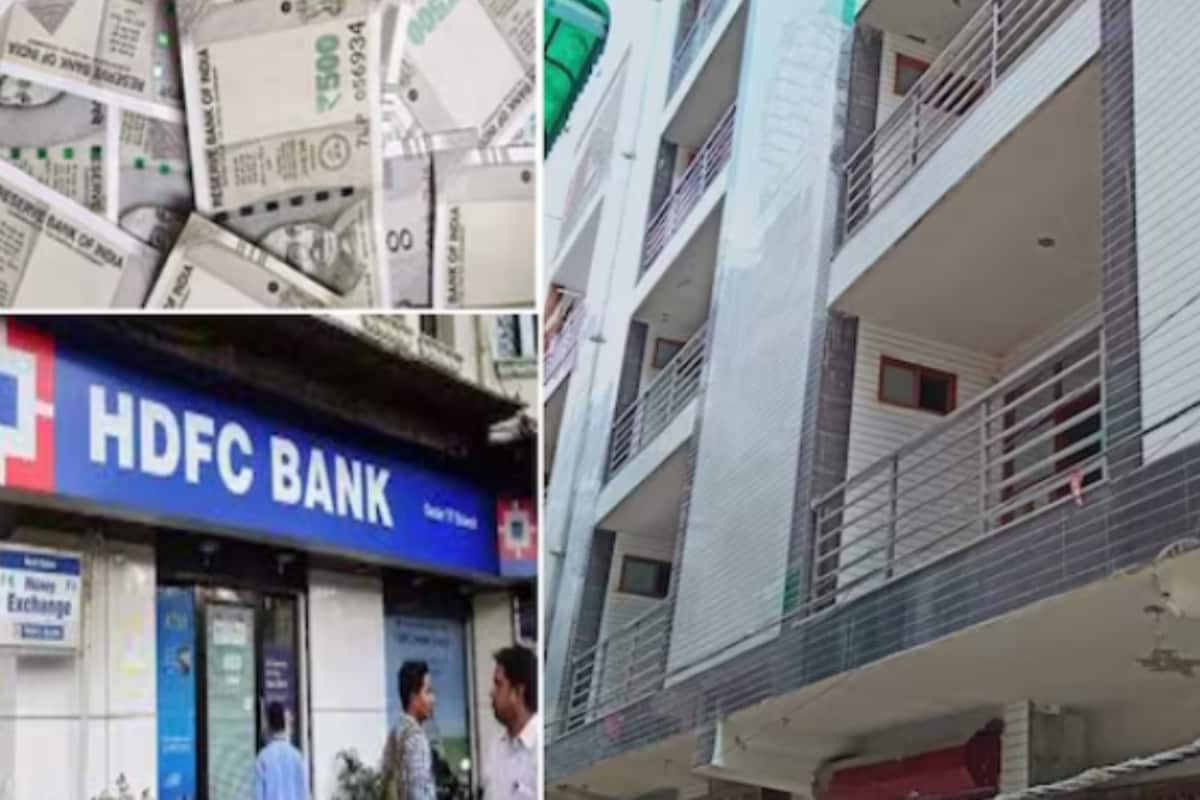

A perplexing case involving a Delhi flat has emerged, baffling authorities and raising questions about financial irregularities. The case revolves around a property where a substantial amount of ₹3.72 crore was deposited, and an almost equivalent amount of ₹3.33 crore was withdrawn on the very same day. This unusual activity has triggered an investigation into potential money laundering and the existence of a "ghost flat," suggesting a fictitious or বেনামী property used for illicit financial transactions.
The details surrounding the case are still emerging, but initial reports indicate that the transactions occurred within a short timeframe, raising suspicion. Financial experts suggest that such rapid deposits and withdrawals are characteristic of money laundering schemes, where individuals attempt to conceal the origin of illegally obtained funds by channeling them through various accounts and properties. The use of a "ghost flat" further complicates the matter, as it implies that the property may not exist in reality or is registered under a false name, making it difficult to trace the individuals involved.
Several theories are being explored by investigators to determine the motive behind these transactions. One possibility is that the funds were intended to be used for illegal activities such as bribery, corruption, or funding of criminal enterprises. Another theory suggests that the transactions were aimed at evading taxes or concealing assets from regulatory authorities. The involvement of shell companies or fictitious entities is also being investigated, as these are often used to mask the true ownership and control of funds and properties.
The investigation is currently focused on identifying the individuals or entities behind the transactions and determining the true nature of the property in question. Authorities are scrutinizing bank records, property documents, and other relevant information to uncover the details of the scheme and bring the perpetrators to justice. The case has attracted significant attention due to its potential implications for financial crime and the challenges it poses in detecting and preventing such activities.
The incident has also sparked debate about the need for stricter regulations and oversight of property transactions to prevent money laundering and other financial crimes. Experts are calling for enhanced due diligence measures, improved monitoring of financial transactions, and greater transparency in property ownership to deter such activities. The use of technology and data analytics is also being explored to identify suspicious patterns and red flags that may indicate illicit financial flows.
As the investigation progresses, more details are expected to emerge, shedding light on the full extent of the scheme and the individuals involved. The case serves as a reminder of the ongoing challenges in combating financial crime and the importance of vigilance and cooperation among regulatory authorities, financial institutions, and law enforcement agencies.